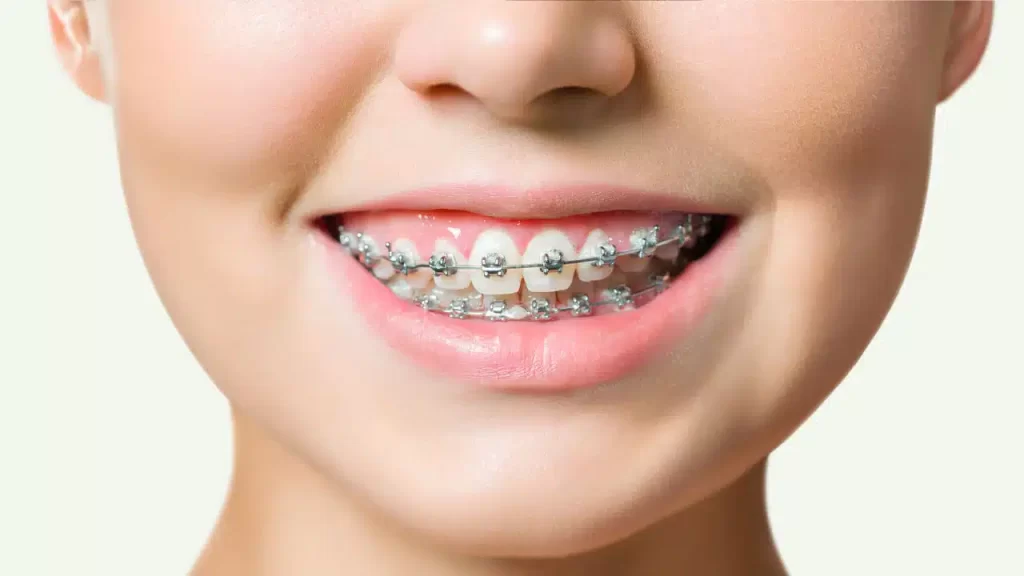Invisalign is a popular way to straighten teeth using clear plastic aligners instead of traditional braces. Many people choose it because the aligners are nearly invisible, removable, and often more comfortable than metal braces. But before starting treatment, it’s important to understand the potential costs involved. Invisalign prices usually range from $3,500 to $8,000, depending on factors like case complexity, treatment duration, and your location.
Understanding Invisalign Costs
The cost of Invisalign depends on your specific treatment plan. Most patients spend between $3,500 and $8,000, though simple cases may cost as little as $3,000, and very complex cases can reach $9,000. For those exploring Invisalign colorado options, prices cover the custom-made aligners, initial 3D scans, regular checkups, and often post-treatment retainers. Your dentist will also consider how many aligners you need and how long your treatment will last.
Invisalign Packages
There are three main Invisalign packages:
- Express Package: Best for minor teeth adjustments. Costs range from $1,800 to $3,500, with a shorter treatment period.
- Lite Package: Designed for moderate corrections. Costs usually fall between $3,000 and $4,500, with fewer aligners and a shorter duration than full treatment.
- Comprehensive Package: For complex cases, it covers the full treatment using all aligners needed. Prices range from $4,500 to $8,000, and treatment can take 12–18 months.
Choosing the right package depends on how severe your teeth alignment issues are.
Factors Affecting Cost
Several things can change how much Invisalign costs. Severe misalignment or bite problems generally require longer treatment and more aligners, which increases the price. The dentist’s experience and location also matter. Urban areas tend to have higher prices due to higher overhead, while rural areas may offer lower costs. Any extra procedures, adjustments, or attachments needed during treatment can add to the total cost.
Comparing Invisalign and Braces
Invisalign and traditional braces may cost similarly, but there are differences. Invisalign is often more comfortable, removable for eating and cleaning, and less noticeable. Braces, while effective, can be more painful and come with dietary restrictions. Invisalign treatment may also be shorter, which can save time and sometimes reduce costs indirectly.
Additional Costs and Insurance
Extra costs can include consultation fees, diagnostic scans, or retainers. Some insurance plans cover part of Invisalign, often 50–80% up to a lifetime maximum of $1,000–$3,000. Financing options are also available to spread payments over time.
Treatment Duration
Invisalign treatment varies from 6 months for minor cases to over 24 months for complex cases. Following your dentist’s instructions and wearing aligners 20–22 hours a day can help speed up treatment.
In short, Invisalign is a flexible and effective orthodontic option. Understanding the factors affecting cost, treatment length, and insurance coverage will help you plan and make the right decision for a straight, healthy smile.https://www.youtube.com/watch?v=KjL1HrgMVng&t=10s

